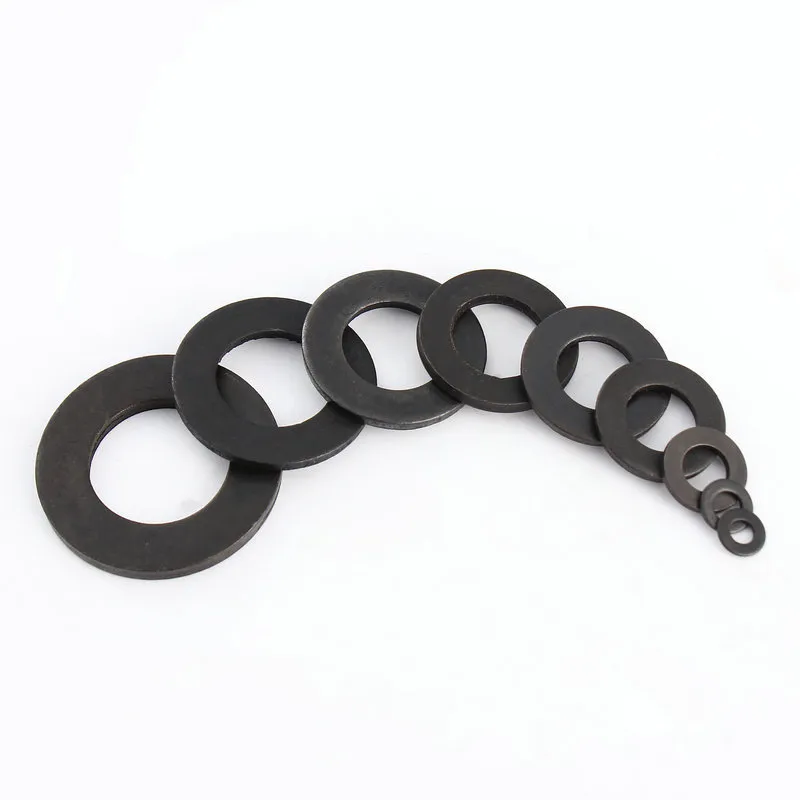

types of hexagonal nuts
ستمبر . 09, 2024 23:21 Back to list
types of hexagonal nuts
Understanding Types of Hexagonal Nuts
Hexagonal nuts are essential components in mechanical and structural applications, widely used in conjunction with bolts to secure two or more objects together. Their six-sided shape makes them ideal for a variety of fastening tasks. Over the years, different types of hexagonal nuts have been developed to meet specific requirements in various industries. This article explores the various types of hexagonal nuts, their applications, and materials used in their construction.
1. Standard Hexagonal Nuts
Standard hexagonal nuts are the most common type, designed to work with standard bolts and screws. They are available in various sizes and grades, conforming to standards such as ANSI, ISO, and DIN. Typically made from carbon steel or stainless steel, these nuts offer good tensile strength and corrosion resistance. Their primary application is in general fastening tasks in construction, automotive, and manufacturing industries.
2. Lock Nuts
Lock nuts are designed to prevent loosening due to vibration. They have special features such as nylon inserts, serrated edges, or a prevailing torque to maintain a secure fit on the bolt. The nylon insert type, known as a nyloc nut, is particularly popular because it combines flexibility and durability. Lock nuts are essential in applications where safety and reliability are critical, such as in machinery and aerospace engineering.
Flanged hexagonal nuts have a wider base that distributes the load over a larger area, reducing the risk of stripping the threads on the bolt. The flange acts as a built-in washer, which simplifies assembly and increases stability. These nuts are commonly used in situations where additional grip and load distribution are needed, such as in heavy machinery and construction.
types of hexagonal nuts

4. Cap Nuts
Cap nuts, also known as acorn nuts, have a dome-shaped design that covers the end of the bolt, providing a neat appearance while protecting the bolt thread from dirt and damage. They are often used in applications where aesthetics are important, such as furniture and automotive designs. Cap nuts can be found in various materials, including brass and stainless steel, to enhance their aesthetic appeal and corrosion resistance.
5. Square Nuts
Although not strictly hexagonal, square nuts are worth mentioning due to their common use. They have a similar function to hex nuts but feature a square profile, providing a larger surface area for wrench engagement. This design allows for greater torque transmission in certain applications. Square nuts are often used in conjunction with flat washers and are popular in woodworking and construction.
6. Materials and Coatings
Hexagonal nuts can be made from a variety of materials, including carbon steel, stainless steel, brass, and plastic. The choice of material often depends on the environment in which the nuts will be used. For example, stainless steel is preferred in corrosive environments, while carbon steel is common in structural applications. Furthermore, various coatings such as zinc plating or black oxide are applied to enhance corrosion resistance and provide a visually appealing finish.
Conclusion
Hexagonal nuts are indispensable in fastening applications across numerous industries. Understanding the various types—standard, lock, flanged, cap, and square—allows engineers and builders to select the right nut for their specific needs. By considering factors such as material, coating, and design, one can ensure that their fasteners will provide durability, reliability, and efficiency in their applications.
Latest news
-
Hot Dip Galvanized Bolts-About LongZe|High Strength, Corrosion Resistance
NewsJul.30,2025
-
High-Strength Hot Dip Galvanized Bolts - Hebei Longze | Corrosion Resistance, Customization
NewsJul.30,2025
-
Hot Dip Galvanized Bolts-Hebei Longze|Corrosion Resistance&High Strength
NewsJul.30,2025
-
High-Strength Hot-Dip Galvanized Bolts-Hebei Longze|Corrosion Resistance&High Strength
NewsJul.30,2025
-
Hot Dip Galvanized Bolts-Hebei Longze|Corrosion Resistance&High Strength
NewsJul.30,2025
-
Hot Dip Galvanized Bolts - Hebei Longze | Corrosion Resistance, High Strength
NewsJul.30,2025

